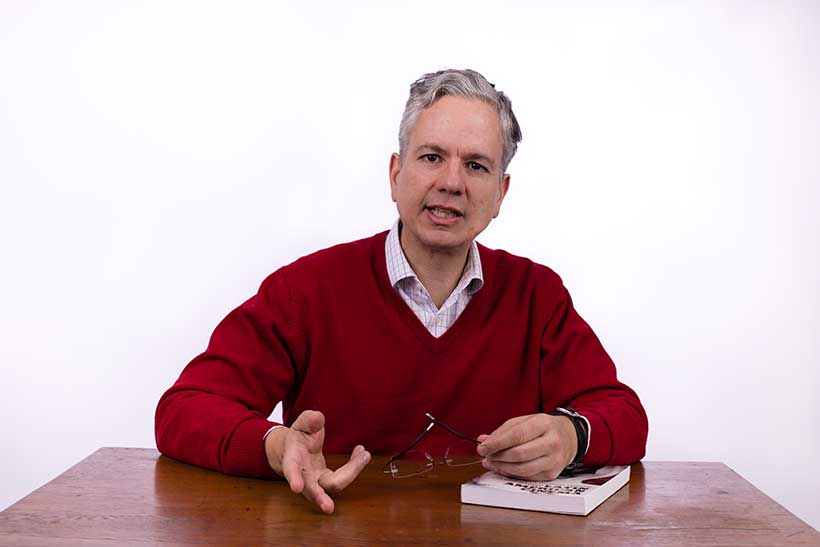Image


A Wider Lens
His book Latin American Cinema: A Comparative History is the first to explore all the major cinematic periods in the region, from silent to digital. It won a 2017 honorable mention in a prize from the Modern Language Association.
What’s something you learned from looking by region rather than by country?
It’s widely known that neorealism started in Italy and spread quickly in Latin America. But the studies were about “How is Cuban cinema in dialogue with Italian cinema?” or “How is this Argentinian director in dialogue with that Italian director?” Nobody was looking at “How is this Argentinian filmmaker in dialogue with a Cuban filmmaker who is in dialogue with a Mexican filmmaker?” From this perspective, we can speak of a Latin American neorealist cinema of the 1950s.
How does that deepen scholarly understanding?
It shows that filmmakers constantly look beyond their own national borders, and so the idea of national cultures is not so much called into question as it is placed in a broader context. Now, when I watch an Argentinian neorealist film, I see a specific manifestation of a global movement. And these are not just artistic movements: the best filmmakers use the medium of film to engage in cultural and political debates.
What’s one film that illustrates that?
The 1968 Cuban film Lucía. At the time, many Cubans found inspiration in Soviet filmmakers of the 1920s and 1930s, who, among other things, developed the first composite films. The fact that Lucía is a triptych is therefore not accidental, especially when we consider that each part focuses on a female protagonist from a different social class: a 19th-century aristocrat, a 1930s petit bourgeois and a rural worker after the Cuban Revolution. Taken as a whole, then, the film proposes a Marxist reading of Cuban history that culminates with the Cuban Revolution.
What’s your next project?
I’m toying with different ideas. One is to do a companion book on documentary cinema. Another is to focus on the Baroque period in Latin America. (I taught a class last year on the Baroque roots of Latin American culture.) The third idea is to do audiovisual academic research. This is a form of film studies, but instead of using words, one uses editing
software to create video essays.